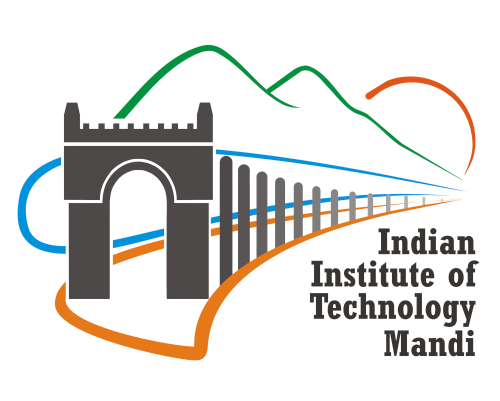About IIT Mandi
The Indian Institute of Technology Mandi is one among the eighth newer second generation of IITs. IIT Mandi is a research university now located in Kamand Valley, Mandi city in Mandi district of Himachal Pradesh.
IIT Mandi's campus (about 14 km from Mandi) is on the left bank of the Uhl River at Kamand and Salgi villages. There is great variation in the climatic conditions of Himachal due to extreme variation in elevation. The climate varies from hot and sub-humid tropical in the southern tracts to cold, alpine and glacial in the northern and eastern mountain ranges with more elevation.
Mandi has an average elevation of 1044 meters (3425 feet) and is situated on the banks of Beas. Mandi town falls in the lower most climatic zone of the Himalayas. These regions enjoys a wet-sub temperate climate of the foot hills (450-900 meters) as against the dry-cold alpine climate with snowfall at higher altitudes (2400-4800 meters). Average annual rainfall of Mandi is 1380 mm.
Since its inception the institute has been involved with various Research and Development (R&D) projects, the institute has signed Memorandum of Understanding (MoU) with many International and National universities, Companies, Research Centres, Organizations.
The institute became an IIT under The Institutes of Technology (Amendment) Act, 2011, with the intention to expand the reach and to enhance the quality of technical education in the country. The Act was passed in the Lok Sabha on 24 March 2011 and by the Rajya Sabha on 30 April 2012.
Vision
Mission
- To create knowledge through team effort and individually for the benefit of society.
- To impart education to produce professionals capable of leading efforts towards innovative products and processes for the development of the Himalayan region in particular and our country and humanity in general
- To inculcate a spirit of entrepreneurship and to impart the ability to devise globally recognized solutions for the problems of society and industry, particularly in the fragile eco-system of the Himalayas.
- To train teachers capable of inspiring the next generation of engineers, scientists and researchers.
- To work intensely with industry in pursuit of the above goals of education and research, leading to the development of cutting edge and commercially-viable technologies.
- To operate in an ambience marked by overriding respect for ability and merit.

